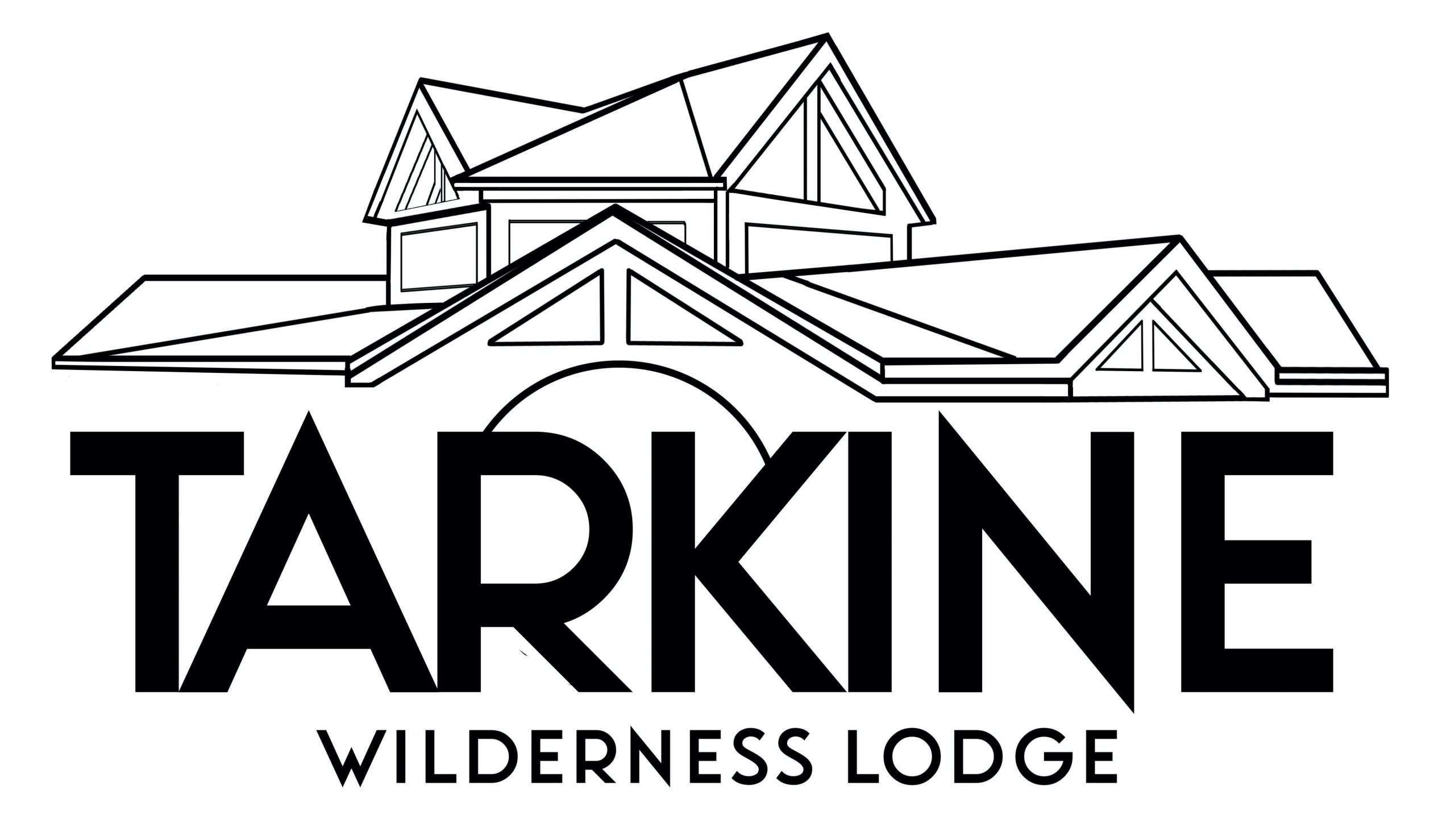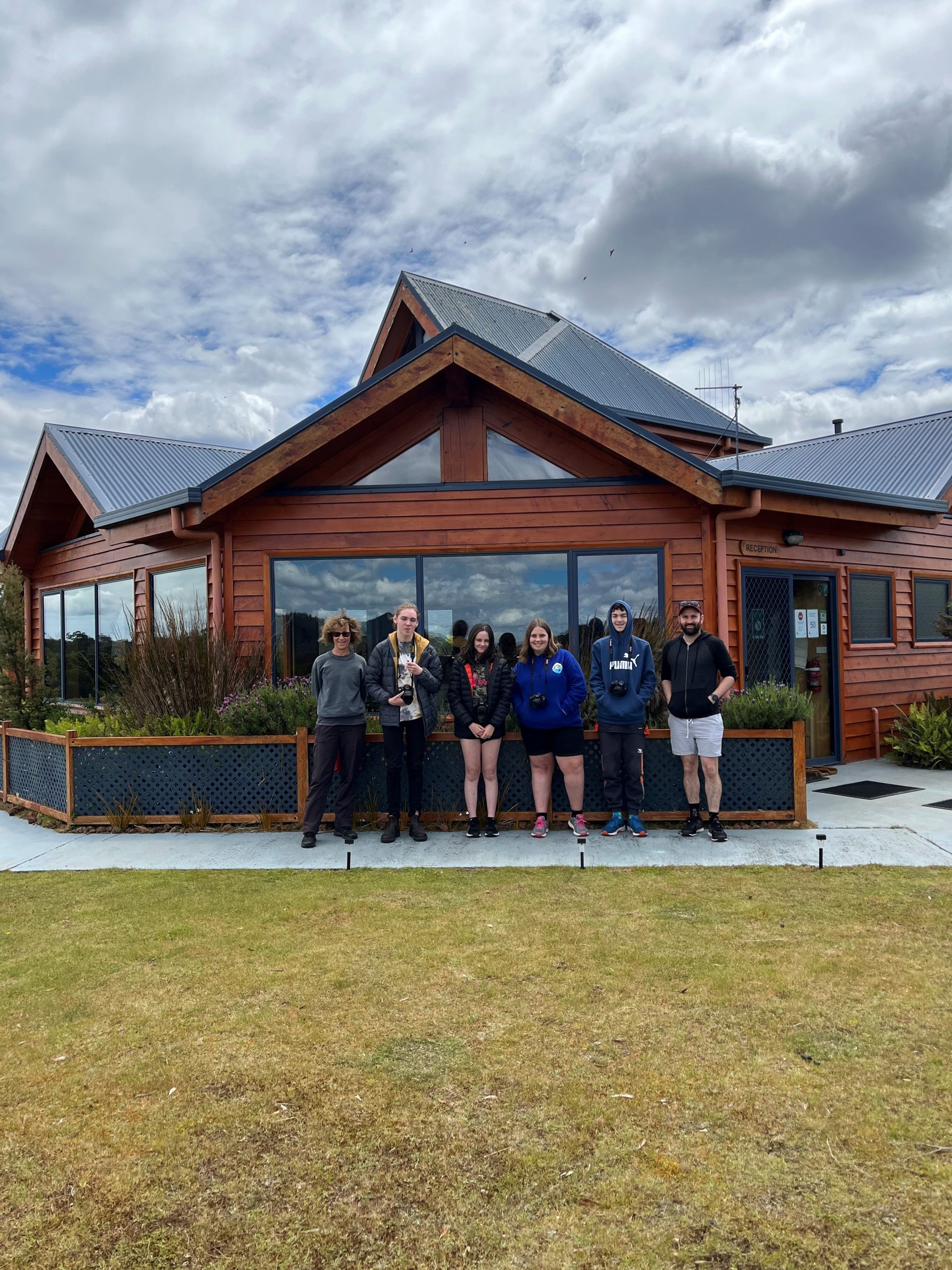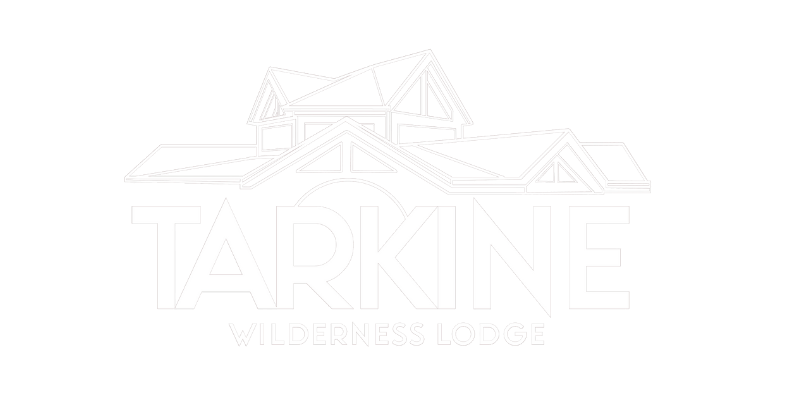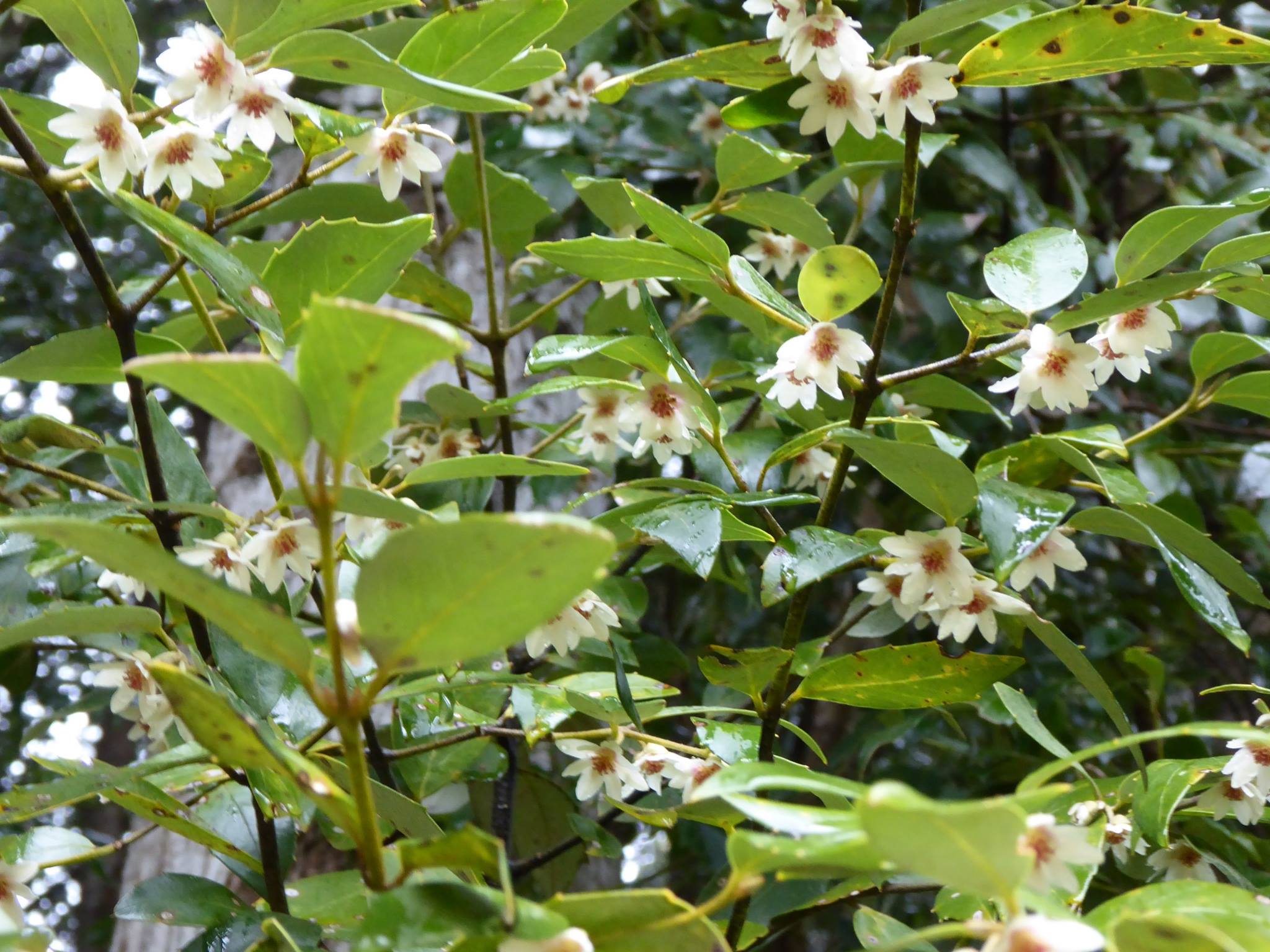NJL & THE REGION
NJL is a premier Registered Training Organisation which has served the Tasmanian Community for the past 30 years. We are now operating throughout Queensland and the Northern Territory, offering a diverse range of services.
NJL is also a Community Based Not-for-Profit Public Company and a Registered Charity.

about njl
NJL has served the Tasmanian Community since 1989 and over the past decade we have expanded our services into Cairns & Fitzroy Regions in QLD, and the Northern Territory. Over the years we have offered a diverse range of services to the community, operating out of 12 offices nationally with a team of 100+ staff.
Our history is rich with providing accredited training, youth services, support for parents, skills training, transition and career support.
Located in Cairns; Wild Thyme is our Training Restaurant with a difference, serving great food with flavours from across the globe while promoting social inclusion, connection, & cultural diversity through their social enterprise and training programs. With a focus on food and community, the team at Wild Thyme have a strong commitment to improving the lives of others by providing over 300 pre-prepared meals each week to charity organisations to feed those in need through their FoCo (Feeding our Community ourselves) Kitchen initiative.
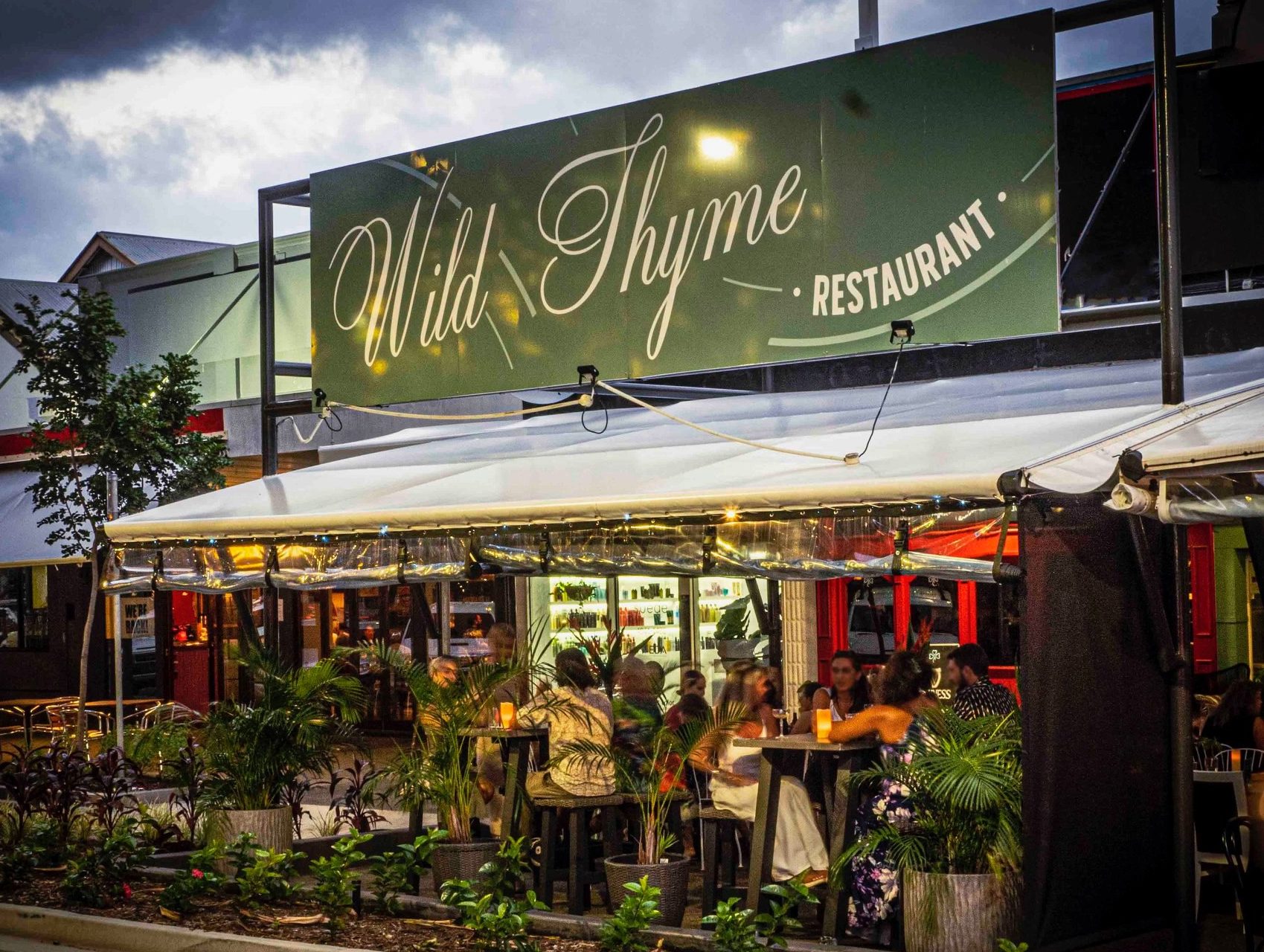
In 2019 another dream was achieved when we piloted the NJL Driving School. Since this time, the driving school has been, or will be, rolled out to every single NJL region we operate in, providing access for all participants in our programs.
Then in early 2021 NJL Purchased the Tarkine Wilderness Lodge. set in the North-West Region of Tasmania. A long dream of the NJL board & management came true, a place to provide land-based activities to our participants and host local school groups.



meet our team
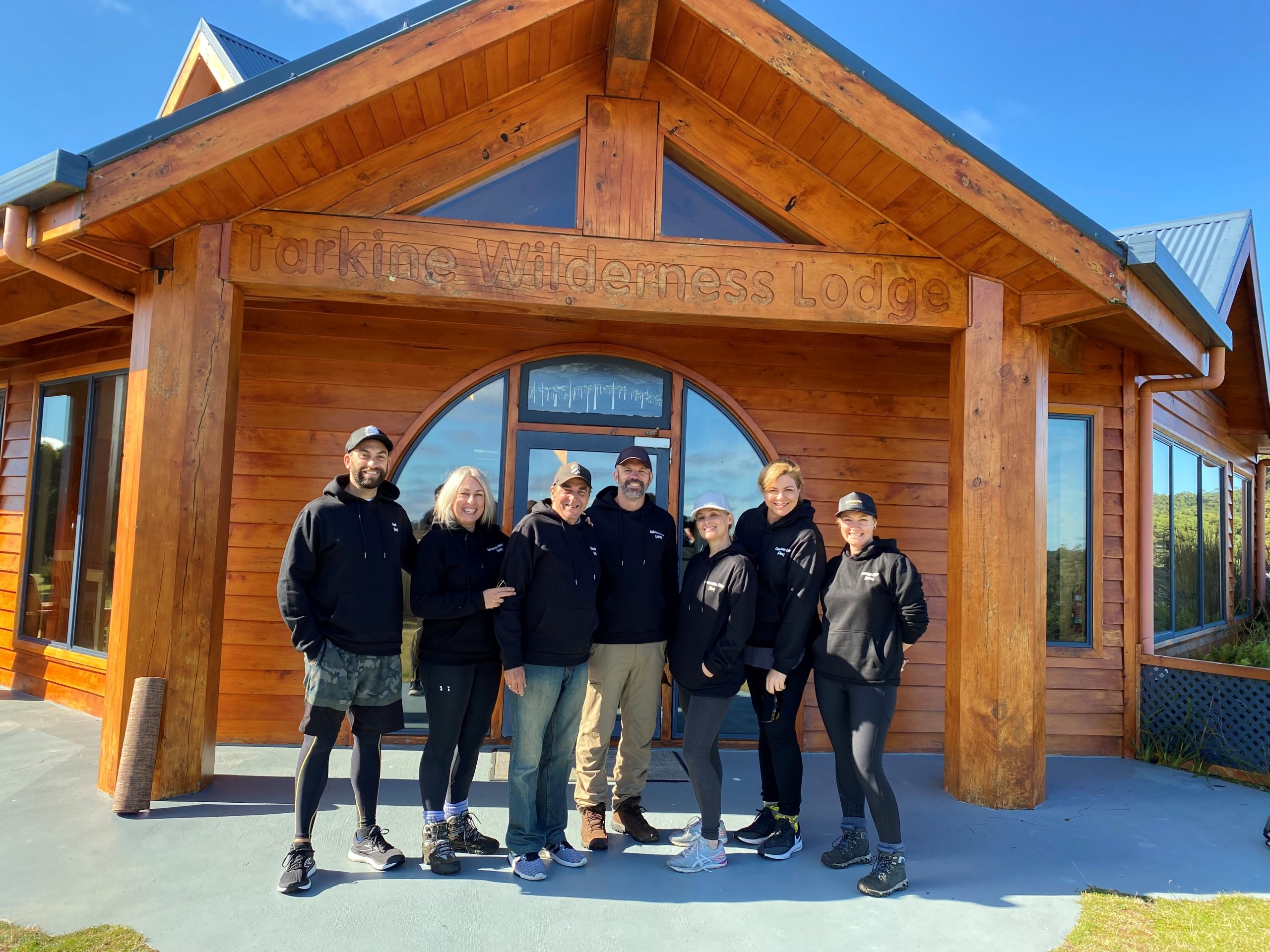
L-R: Ben, Linda, Joe, John, Kim, Clare & Emma
JOE HARROLD – CEO/MANAGING DIRECTOR
Joe arrived at NJL to take up the General Managers role in August 1997. He had come from Armidale, NSW where he had spent the last 10 years on the Local Council. He was Deputy Mayor of Armidale from 1989 to 1991 and Mayor from 1993 to 1995. Joe was also involved in various other organisations where he was inaugural Chairman of The Northpower Consultative Committees, Deputy Chair of the NSW Gas Advisory Committee and an establishing member of the New England Energy Efficient Task-force. Joe has a BA with majors in Politics and Philosophy and a Diploma in Small Business Management. He is also a Justice of the Peace.
EMMA DICKENS – DIRECTOR / Company Secretary
Emma has been employed by NJL for 25 years having started in 1999 undertaking administration support in the RTO. After about 6 months Emma moved into supporting the Youth Program teams and eventually moved into Youth Work for 6 years. In 2007 an opportunity to move to QLD saw Emma enter the dual role of coordinating job search training for 130+ sites as well as managing sales invoicing. Returning to Tasmania 2 years later Emma became Operations Manager, then COO for NJL managing all things HR, IT & Finance for over a decade. Emma now continues to look after the organisational compliance in the role of Company Secretary and is currently completing a Diploma of Governance.
LINDA SMITH – CHIEF OPERATING OFFICER
Linda has previously worked in Administrative and Education roles. She holds Business and TAE qualifications. Linda commenced employment with NJL in April 2016 working as a Youth Mentor and as a Trainer. From this point she was asked to assist in the coordination of programs across the North West Coast of Tasmania and also became the ParentsNext Subject Matter Expert. Linda moved to Launceston in 2019 where she was appointed Launceston Office Manager for an interim period of time. On 1st July, 2020, Linda became the new Chief Operating Officer for NJL supported by the Head Office Team.
Unique and Spectacular
Wildlife


Tarkine region
takayna / Tarkine region of northwestern Tasmania is home to one of the last undisturbed tracts of Gondwanan rainforest in the world, and one of the highest concentrations of Aboriginal archaeology in the hemisphere. Yet this place, which remains largely as it was when dinosaurs roamed the planet, is currently at the mercy of destructive extraction industries, including logging and mining. This area is one of our last truly wild places.
The Tarkine is home to 56 threatened and endangered species, such as the Giant Freshwater Crayfish – the world’s largest freshwater invertebrate and the Tasmanian Wedge Tailed Eagle, the largest eagle in Australia.
Tasmanian devil
The Tasmanian Devil cannot be mistaken for any other marsupial. Its spine-chilling screeches, black colour, and reputed bad-temper, led the early European settlers to call it The Devil Although only the size of a small dog, it can sound and look incredibly fierce. The world’s largest surviving carnivorous marsupial, the devil has a thick-set, squat build, with a relatively large, broad head and short, thick tail. The fur is mostly or wholly black, but white markings often occur on the rump and chest. Body size also varies greatly, depending on the diet and habitat. Adult males are usually larger than adult females. Large males weigh up to 12 kg, and stand about 30 cm high at the shoulder.
Tasmanian giant freshwater crayfish
(Astacopsis gouldi) is the largest freshwater invertebrate in the world. The species is only found in Tasmania (an Australian island), and is listed as a vulnerable species due to habitat loss and overfishing. It is also severely threatened by siltation and de-snagging of streams as decaying wood forms the favourite part of its diet. It is not known if the animals are nourished by the wood, the bacteria, algae or invertebrates living in the rotting logs. They also eat leaves, fish and other meat including other freshwater invertebrates including lobsters. Individuals of over 5 kilograms (11 lb) in weight and over 80 centimetres (31 in) long have been known in the past, but now, even individuals over 2 kilograms (4 lb) are rare. The species is only found in Tasmanian rivers flowing north into the Bass Strait (with the exception of the Tamar) below 400 metres above sea level, and is listed as an endangered species on the IUCN Red List.
Grey Goshawk
The Grey Goshawk is a medium-sized bird of prey (350-550mm). In Tasmania, the bird, despite its name is all white – the only all-white raptor (bird of prey) in the world. On the mainland, two colour forms occur – all white and grey. The legs and feet, and the cere (just behind the bill), are yellow. At a distance, the grey goshawk can be confused with the sulphur-crested cockatoo. Females are larger than male Juveniles in their first year have olive-yellow eyes which go orange in their second year and then red when mature. Occurs singularly or in pairs in rainforest, wet sclerophyll forest and woodland. Grey Goshawks feed on birds, small mammals, reptiles and insects. It pursues its prey in flight, striking with its powerful talons. They will ambush birds. Photography by Dirk Tomsa.
Blue-winged Parrot
The Blue-winged Parrot is similar to the Orange- bellied Parrot. It is generally the same size (210-230mm) and shape, but the green of the upper parts are more olive than bright green. The blue patch on the wing is very much larger and covers almost half the width of the wing. A yellow facial patch extends back to the eye and a narrow, dark blue band runs from eye to eye across the forehead. The female is slightly duller than the male. Habitat It occurs in grassy woodland, heathland and grassy paddocks. The Blue-winged Parrot feeds in pairs or small groups on the ground among grasses. Breeding Blue-winged Parrots make their nests in a tree hollow or stump. Four to six eggs are laid. The female alone incubates the eggs, leaving the nest at intervals to be fed by the male. Both parents feed the nestlings. Blue-winged Parrots move to and from Tasmania after breeding each year, leaving in March to April and returning in August to October.
Wedge Tailed-Eagle
The magnificent subspecies of the wedge tailed-eagle, the largest and most familiar of all our raptors is unfortunately classified as endangered. With only 200 to 230 breeding pairs left in the world. Threats to the species include, trapping, shooting, traffic and powerlines, logging and wind farming. The Tasmanian subspecies is the country’s biggest with a wingspan that can reach 2.5 metres.
